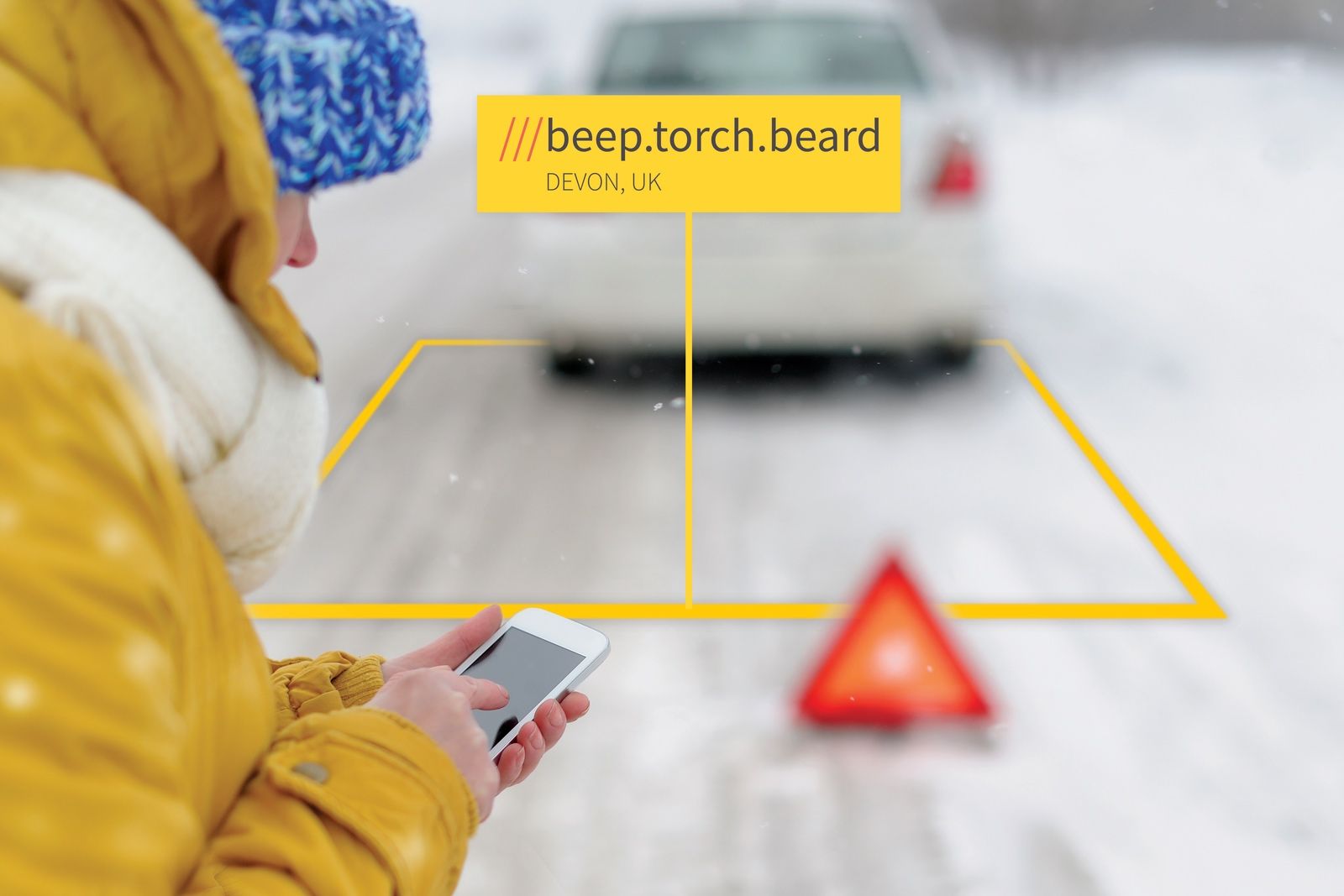The AA, perhaps the UK's most recognisable automotive breakdown service, has announced that it's going to start using the innovative location technology offered by what3words, ahead of the rush of Christmas journeys.
The tech, which has been around for years now slowly gathering steam and attracting more use, divides the world's surface into an enormous matrix of 3x3 metre squares. Each square has a unique tag of three words which identifies it.
By sending this identifier to the AA, a much more precise location for its drivers to target can be determined that sometimes spotty GPS signals or estimates given by phone.
As the AA points out, for every one of the more than 10,000 breakdowns it responds to every day there is a consistent requirement — the location of the car in question. Now AA users can get their what3words location, either using the what3words app or by visiting www.what3words.com, and give this to the AA when they call for help.
One of the keys that makes the technology so attractive is that what3words doesn't need an internet connection to get that code for you. Thus, even in the most rural and backwater surroundings you should be able to find out your address to pass it on.
This also solves the issue of duplicate street addresses, apparently. For example, what3words has pointed out that there are 34 different Victoria Roads in London, which can easily lead to confusion, though no such worry is attached to a what3words code.
The system is already working, too. Author Neil Gaiman gave his thoughts on the process late last month:
As we mentioned, what3words has been around for a few years now, but looks like it's getting some real traction. It's also been integrated into a range of emergency services in the UK. Some control rooms will ask 999 callers for their what3words address to help dispatched emergency vehicles reach them more quickly.

